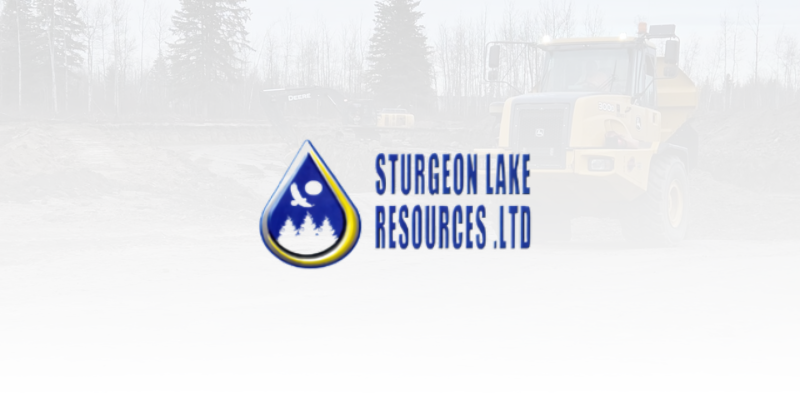Key elements of landing pages
Landing pages are a crucial component of any advertising campaign. They are the first point of contact between a business and its potential customers, and as such, they need to be designed and optimized to convert visitors into leads or customers. In this article, we will discuss the key elements of creating an effective landing page and how businesses can use them to improve their advertising campaigns.
Landing page design process
The first step in creating a landing page is understanding the purpose of the page. A landing page can serve many different purposes, such as capturing leads, selling products, or promoting a specific campaign. It is essential to have a clear understanding of the goal of the page before beginning the design process. This will help to ensure that the page is optimized for that specific purpose and that it is easy for visitors to understand what they are supposed to do on the page.
Once the purpose of the page is established, the next step is to design the layout. The layout of a landing page should be simple, clean, and easy to navigate.
This means that the page should have a clear hierarchy of information, with the most important information prominently displayed at the top of the page. The page should also be free from clutter and distractions, so that visitors can focus on the main message.
Another important aspect of landing page design is the use of visuals. Images and videos can be used to grab visitors’ attention and help them understand the message of the page. However, it is essential to use high-quality, relevant visuals that are optimized for the web. This means that the images should be compressed to reduce their file size, and that they should be optimized for different screen sizes and resolutions.
The next step is to create the content for the page. The content of the page should be clear, concise, and compelling. It should be written in a way that is easy to understand and that speaks directly to the visitor’s needs or pain points. It should also include a clear call-to-action that tells visitors what they need to do next. This could be a form to fill out, a button to click, or a link to another page.
Finally, businesses should test and optimize their landing pages. One of the best ways to do this is through A/B testing. This involves creating two versions of the page and then testing them with different groups of visitors. By analyzing the results of the test, businesses can identify which version of the page is more effective and make changes accordingly.
In closing
Overall, landing pages are an essential component of any advertising campaign. By understanding the purpose of the page, designing a clear layout, using high-quality visuals, creating compelling content, and testing and optimizing the page, businesses can ensure that their landing pages are effective in converting visitors into leads or customers.
In summary, landing pages are a crucial component of any advertising campaign. It is the first point of contact between a business and its potential customers. The key to success is to understand the purpose of the page, design a clear layout with high-quality visuals, create compelling content, and test and optimize the page. By following these guidelines, businesses can ensure that their landing pages are effective in converting visitors into leads or customers.
Frequently Asked Questions
What should be on a website landing page?
A website landing page should include a headline, a short description, a call to action, links to other pages, a contact form, and a way to capture email addresses. It should also be visually appealing, with graphics, colors, and fonts that are consistent with the website’s brand. Additionally, it should be optimized for search engines and mobile devices.
How do I create a landing page for my website?
Creating a landing page for your website involves a few steps. First, create a page that includes an attractive headline and a brief description of the product, service, or content that you are promoting. Next, add visuals such as images, videos, or other graphics to engage the user. Finally, add a call-to-action such as a signup form, contact information, or a link to another page. This will give visitors an easy way to get more information or take action.





